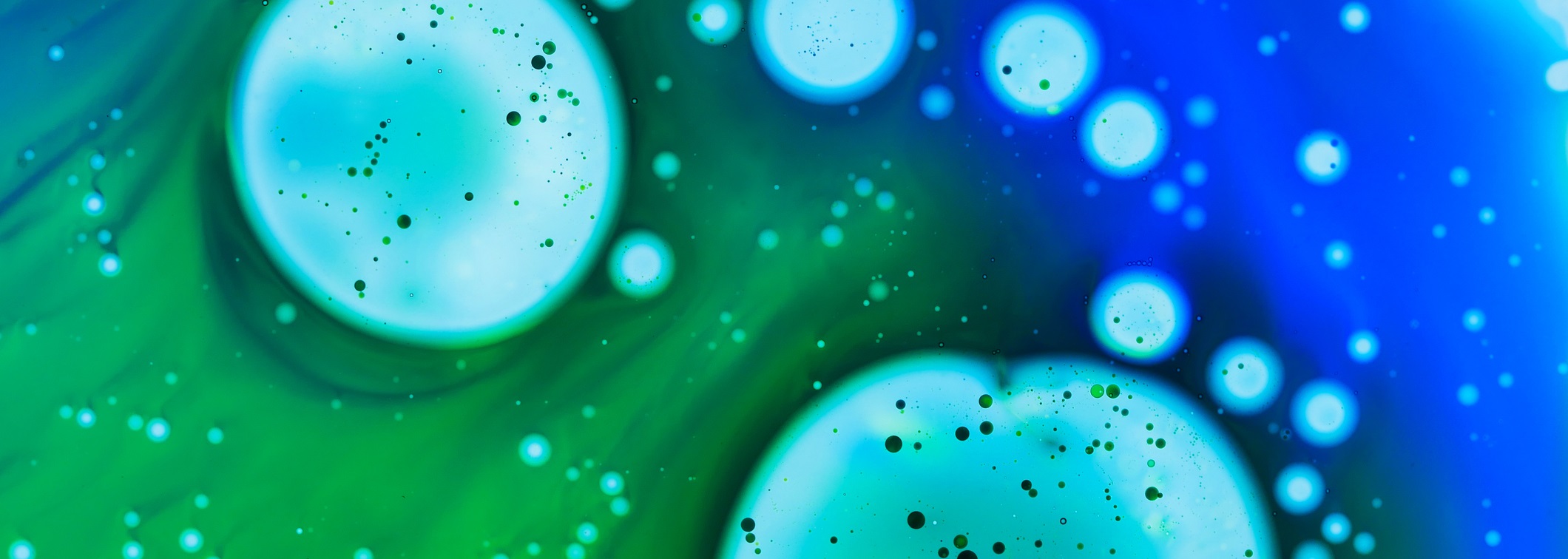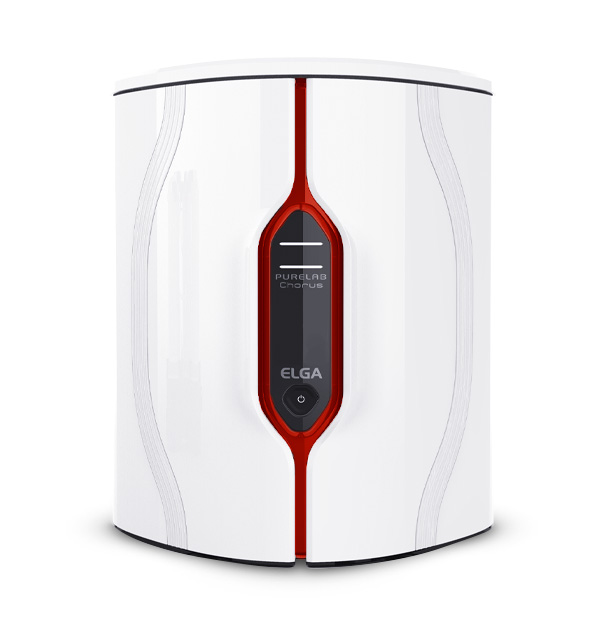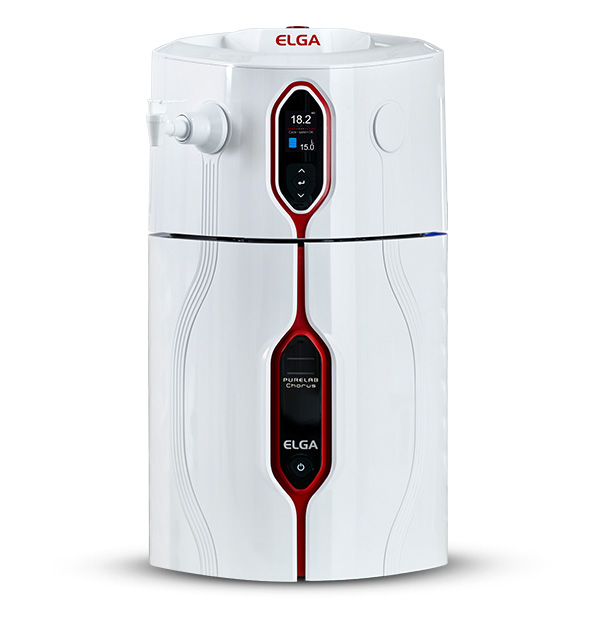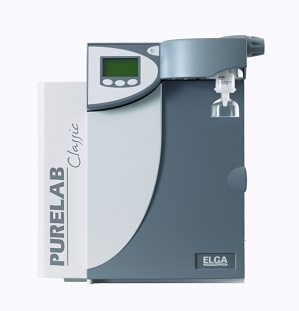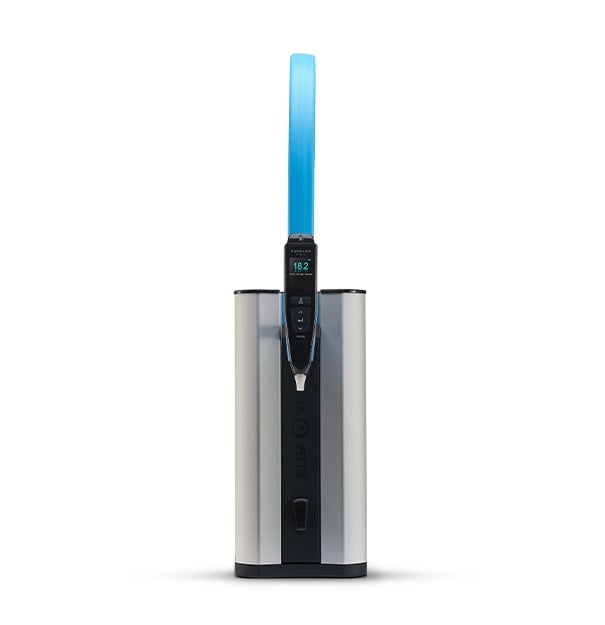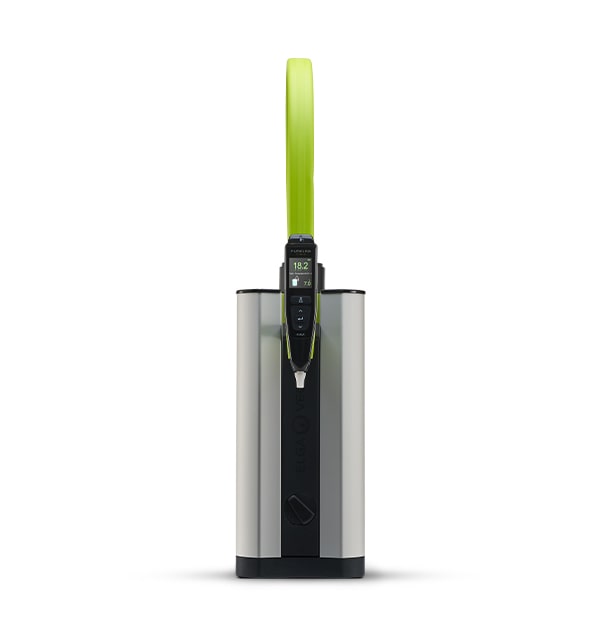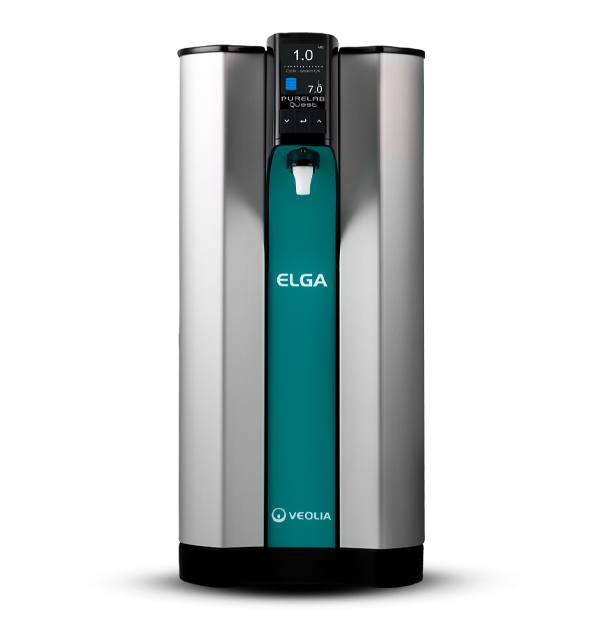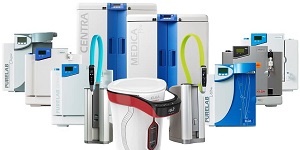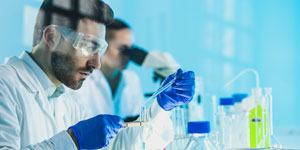Liquid Chromatography (LC)
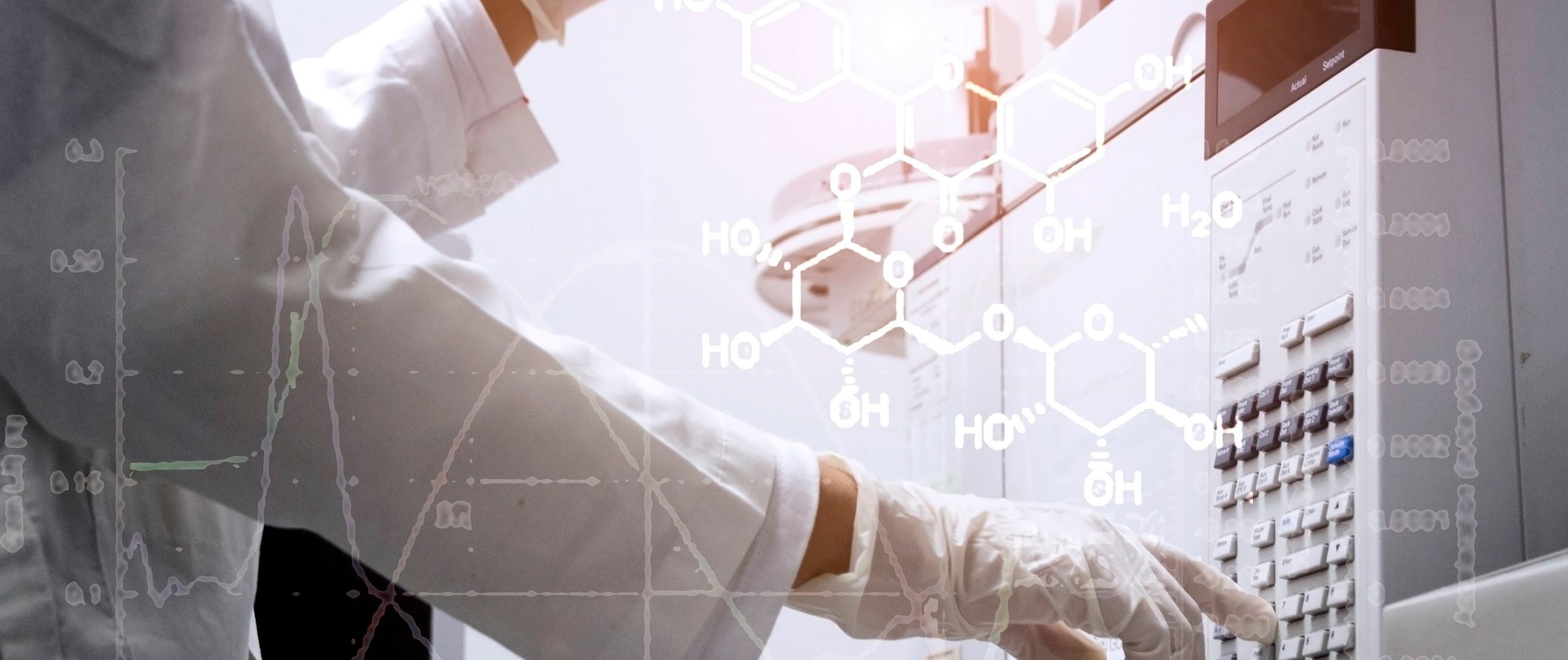
Liquid Chromatography (LC) - High Performance Liquid Chromatography (HPLC), Ion Chromatography (IC) and Liquid Chromatography with Mass Spectrometry (LC-MS)
Liquid chromatography is one of the most powerful tools in the analytical laboratory. It is very widely used for the separation and analysis of mixtures of compounds of all types. When combined with the sensitivity and selectivity of mass spectrometry its power is greatly enhanced.
How do High Performance Liquid Chromatography, Ion Chromatography and Liquid Chromatography with Mass Spectrometry work?
In Liquid chromatography a liquid (the mobile phase/eluent) under high pressure flows through an inert tube (column) packed with a fine powder which may be coated in a liquid (stationary phase). A sample is injected into the eluent before the column; as it moves through the column the time taken by each compound in the sample to reach the end of the column is governed by its interaction with the eluent and the stationary phase. This is dependent on the compound’s properties and can be used to separate mixtures of very similar compounds. Once separated, the compounds can be measured as they emerge from the column by a range of detectors, both non-selective and selective, including mass spectrometers.
Different packing materials support different separation mechanisms –normal-phase, reversed-phase, size exclusion, ion exchange, affinity, chiral, or hydrophilic interaction HPLC. Normal-phase LC uses a polar stationary phase and a less polar or non-polar eluent. In reverse-phase LC these polarities are reversed.
How does Ion Chromatography work?
Ion chromatography (IC) is a variant on HPLC where the stationary phase interaction is based on ion exchange. It is, therefore, applied to separate ions or charged species. Anions and cations are separated on separate columns. Unlike HPLC where much of the focus is on separating similar compounds, in IC the separations tend to be standard and the emphasis is on accuracy and sensitivity. Due to the different properties of ions, conductivity detectors are often used; to improve sensitivity the background conductivity of the eluent is removed before detection of the ions. To achieve much higher sensitivity the ions may be preconcentrated on a short ion exchange column and then eluted into the eluent stream for separation. This offers a very effective way of determining trace levels of many anions. IC is often used to complement the ICP-MS determination of metals in a sample.
What is Liquid Chromatography (LC) for?
Liquid chromatography includes by far the most common range of techniques used to determine one or multiple components in a mixture. By suitable choice of eluent and stationary phase all types of compounds in solution can be separated. HPLC is used for the high-pressure separation of mixtures of organic compounds. IC enables the determination of anions and cations and other charged species.. LC-MS has the advantage that it can provide selective detection of components, reducing the need to fully separate the components chromatographically. It can also provide extra structural and molecular weight information to assist identification.
Why would you use Liquid Chromatography (LC)?
High Performance Liquid Chromatoraphy (HPLC)
HPLC is the technique of choice when analysing materials for as wide a range of organic compounds as possible. Volatile compounds (VOCs and SVOCs) are usually best analysed by GC or GC-MS but HPLC is applicable to a much greater variety of mixtures, including non-volatile or thermally unstable molecules. Its advantages include versatility, sensitivity and applicability to very complex mixtures.
Ion Chromatography (IC)
IC is a variant on HPLC in which the stationary phase is ion-exchange resin. This enables the separation of ionic and charged components and it is commonly used to determine cations and especially anions in aqueous samples. It is easy to quantify and, with pre-concentration techniques, can achieve very high sensitivity.
Liquid Chromatography with Mass Spectrometry (LC-MS)
LC-MS offers high sensitivity and selectivity. It is the technique of choice for the analysis of complex mixtures of compounds both for the identification of unknowns and to obtain quantitative data on trace/minor components. The combination of LC and MS provides a great deal of information to help compound identification.
Types of Liquid Chromatography (LC)
The versatility of Liquid chromatography has led to a wide range of instrumentation for different applications. Virtually all LC is carried out under very high pressure required to pump the mobile phase through the fine beads in the packed bed. UHPLC uses finer beads and operates at even higher pressures.
There is a wide range of different detectors available. MS is the most powerful and flexible; many MS detectors are low resolution quadrupole units but high resolution mass spectrometers offer the scope for unambiguous identifications. Widely-used detectors include spectrophotometers for most high sensitivity applications and electrical conductivity for IC.
Water is the reagent used in the largest volumes in Liquid chromatography and its purity is critical, especially in high sensitivity applications. These will require water for sample pre-treatment, such as solid phase extraction, and for the preparation of eluents, reagent blanks and standards. Impurities present in the water may increase background noise and drift and produce extra or enlarged peaks with potentially serious effects on sensitivity and selectivity. Modern software with automatic selection of peaks and background locations is particularly sensitive to unexpected changes in background due to contamination. Long term build up of impurities within the system can cause drift and degrade components.
What types of contaminants in water can affect Liquid Chromatography (LC) results?
The principal impurities in water that affect HPLC and LC-MS are organic compounds and to a lesser extent, ions, bacteria and particulates. IC is particularly susceptible to trace ionic impurities.
1. Organic Compounds
The presence of organic compounds in any water used for LC can cause a number of chromatographic problems. These include competing with the analyte for the active sites on the stationary phase, blocking active sites and forming ghost peaks. They can also interfere in LC-MS by producing ions with masses close to the elements of interest and by affecting ionisation efficiency.
2. Ions
Ions in water used for IC can degrade sensitivity and reproducibility by increasing background noise and drift as well as producing spurious peaks. In LC-MS metal ions can form adducts which complicate mass spectral interpretation.
3. Bacteria and Particulates
Particulates and bacteria can block the column and other components over time. Bacteria can also produce organic by-products which can affect the chromatography.
What are the water purity requirements for HPLC, IC and LC-MS?
The water purity required depends on the sensitivity of the applications. For general analysis Type II water will be sufficient but for sensitive work very low levels of impurities are essential. TOC values below 2ppb are highly desirable for the most sensitive applications.
Method | Sensitivity | Resistivity (MΩ.cm) | TOC (ppb) | Filter (µm) | Bacteria (CFU/mL) | Endotoxin | Nuclease | Water Grade |
HPLC | General | >5 | <20 | <0.2 | <10 | NA | NA | Type II+ |
HPLC | High | >18 | <2 | <0.2 | <1 | <0.03 | NA | Ultrapure Type I+ |
IC | General | >5 | <50 | <0.2 | <10 | NA | NA | Type II+ |
IC | High | 18.2 | <10 | <0.2 | <1 | <0.03 | NA | Ultrapure Type I+ |
LC-MS | High | >18 | <2 | <0.2 | <1 | <0.03 | NA | Ultrapure Type I+ |
How does ELGA solve water purity problems for Liquid Chromatography (LC)?
ELGA’s expertise and long-established reputation ensure that its experienced team can help customers to determine the particular water purity requirements for their applications. The Company offers a number of water purification systems that have been proved to meet the requirements for HPLC, IC and LC-MS. For example, the bench-top PURELAB Chorus 1 Analytical Research point-of-use system consistently delivers ultrapure water of 18.2 MΩ.cm (Type I/I+) and TOC less than 2ppb suitable for all these applications. This ionic purity is a key factor for water used in IC and is guaranteed by the advanced PureSure deionization system. TOC monitoring is also integral.
Conclusion
The very high sensitivity of Liquid chromatography techniques makes it essential to ensure that the water used to prepare eluents, blanks, samples and standards does not introduce contamination. TOC monitoring ensures quality with respect to organic impurities. The use of Type I or Type I+ is critical. The ELGA PureSure system is a particularly effective way to ensure the absence of ionic impurities. For less critical applications a system producing Type II+ water would be highly suitable.




